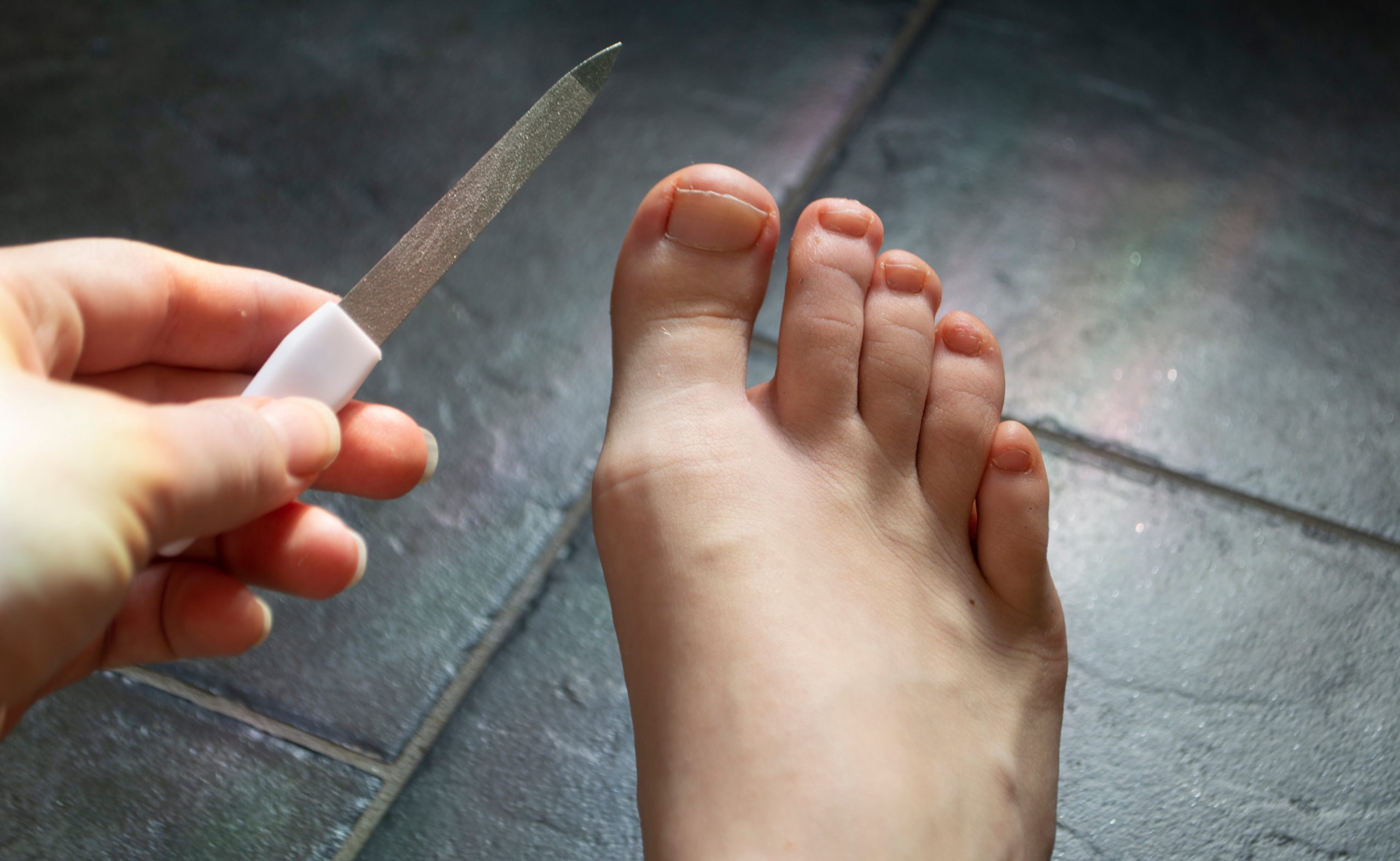We often hear that filing your nails is preferable to cutting them. Let us say it is a necessary step in routine maintenance that may be performed independently or after trimming the nails for a nice finish. Recommended by professionals, the file can also do damage if it is not clean, not adapted or badly used. Learn why filing your nails is vital, as well as the equipment and methods to employ.
The benefits of filing your nails
Filing your nails has numerous benefits, and it is generally suggested that you do it instead of cutting them. Filing the nail, especially the keratin, is less prone to cause damage and splits. It is considerably softer and provides a more harmonic form to the nails while also reducing chipping and cracking.
If your nails are really long, it is preferable to file them first before cutting them. When it comes to frequency, try to do it at least once every two weeks.
The risks of filing your nails
Filing your nails is not dangerous as long as you do it correctly and with clean tools. This will avoid any risk of infection or even burns or injuries if the person is not a professional. If you are getting a pedicure in a salon, be sure the equipment is single-use (particularly the file) or has been sanitized beforehand.
Filing your nails too thin can destroy the natural top layer of your nails, causing irritation and pain.
If you have onychomycosis (nail fungus) or an ingrown toenail, have it treated by a podiatrist in a clinic to avoid making things worse.
Les appareils pour limer les ongles
Did you know that toenail and fingernail filing equipment come in a variety of shapes and sizes? Let us begin with the typical file, which is available in a variety of materials:
- The most common type of file is cardboard, which comes in a variety of grits. It may be used on any type of nail as long as the grain is correct.
- Natural nails should not be filed with a metal file since it will damage, weaken, and split them. It is better to save it for fake nails.
- Although it is more costly than the other two, the glass file is the recommended model. It allows you to cut your nails with a great deal of accuracy and smoothness. It also has the benefit of being washable, which means it may be reused more frequently than a cardboard file.
- There is also the electronic file, in addition to these three sorts of models. It is useful since it has different tips that allow you to do a variety of nail beautification procedures, but it might be unsettling because of the intense vibrations. Also, do not use it too frequently since this might weaken the nail.
What is the best way to file your nails without hurting them?
Yes, you should file your nails, but only if you do it right.
First and foremost, make sure your nails are clean and dry before you begin. Then, using your file perpendicular to the nail, file in one direction, from the outside to the center, while adhering to the natural contour of the nail. Avoid going back and forth.
When it comes to form, the rounded shape is preferred for short or weaker nails. On strong nails with well parallel edges, the square or rounded square form will be acceptable.
Nail filing is a matter of aesthetics and care
Filing your nails allows you to trim them gently and give them the shape you want while still keeping them in good condition. However, remember to follow the basic recommendations to avoid damaging the nail. To avoid damage or infection, consult one of FootNetwork’s podiatrists if you have an ailment, pain, or other health condition, especially in the foot.

